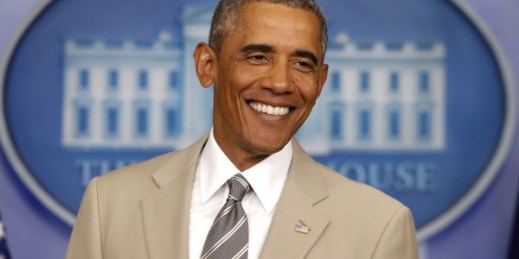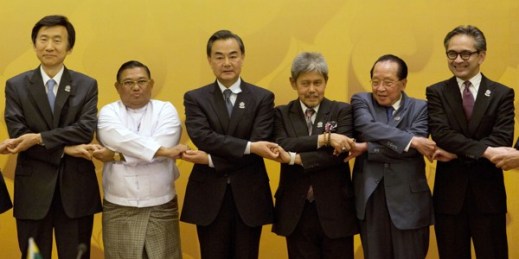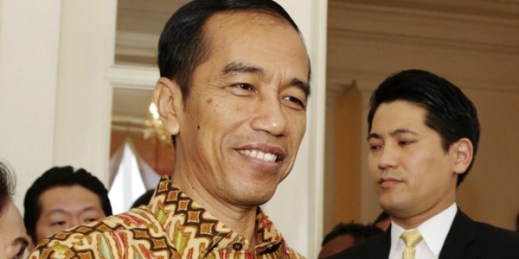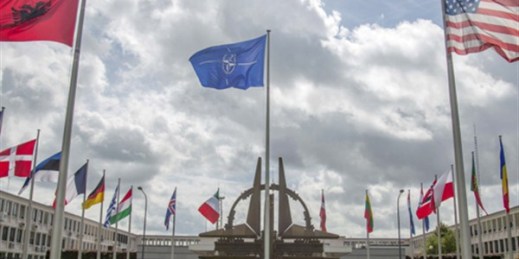
In responding to press queries last week about how the United States plans to tackle the threat from the Islamic State—also known as the Islamic State of Iraq and Syria, or ISIS—President Barack Obama used an unfortunate choice of words in responding, “We don’t have a strategy yet.” The answer implied that Washington had been caught flat-flooted by the rapid deterioration of events in Iraq and was struggling to craft a response. In reality, whole segments of the U.S. government’s national security apparatus are devoted to strategic planning. With regard to the Islamic State crisis, options have been in development […]



